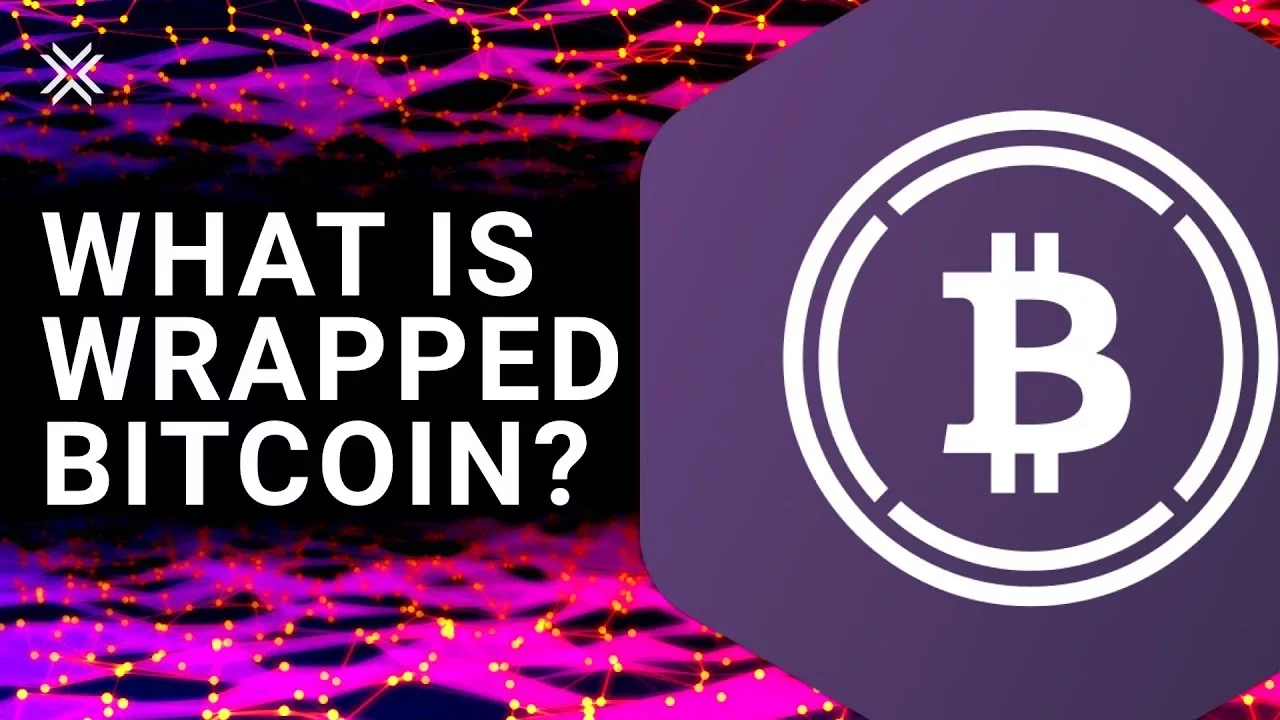A common question for crypto newbies is - why are there so many different types of Bitcoin? Scrolling down the crypto rankings will show you a host of assets that have ‘BTC’ in their name, like RenBTC, Bitcoin BEP2, and Wrapped Bitcoin.
All of these variations of Bitcoin can be quite confusing, but the explanation is quite simple! None of these tokens are the real bitcoin, but they do have bitcoin as an underlying asset. Bitcoin tokenization is a way to lock up or transfer the value of Bitcoin to other blockchains.
The idea was first conceived by the Wrapped Tokens Project, which is a joint effort between Ren, Kyber Network and the institutional asset custodian, BitGo. The process of locking up the Bitcoin and turning it into an ERC20 token is known as “wrapping.”
Once the BTC is turned into an ERC20 token, it can be used in Ethereum’s rapidly expanding DeFi ecosystem. This means that instead of just buying BTC and holding it, investors can now buy WBTC and use it to earn passive income in a number of ways. WBTC holders can take out loans on decentralized lending platforms like MakerDAO or Aave, and effectively borrow against the assets they wish to hold, which can be very useful in a bull market! WBTC can also be used to provide liquidity on platforms such as Uniswap, giving you a small percentage of the fees from the trades that happen in that specific pool.
Similarly, it means that you can stake your Bitcoin on platforms like Compound, which pay you interest on your assets in order to facilitate lending. Using WBTC also opens Bitcoin traders to more trading pairs on decentralized, Ethereum-based exchanges, like Uniswap and Kyber Swap. These use cases seem to be popular, because as of today, over 8 billion dollars’ worth of WBTC has been minted and sent into the Ethereum network.
But before WBTC can be minted onto the Ethereum blockchain, every WBTC token has to be backed by exactly 1 Bitcoin. This guarantees the value of the asset, whereas the security of the WBTC is backed by Ethereum. But BTC is a much more secure asset than WBTC, and the increased utility is a trade-off for weakened security. Another trade-off when using WBTC is that BitGo, the entity that holds WBTC and the keys needed to mint them, is a centralized company.
Despite BitGo’s positive security record up until now, they, or any third party that gains access to their accounts, have the power to freeze operations, divert WBTC or prevent people from redeeming their Bitcoin. With the rising popularity of RenBTC and SynthetixBTC, plus the emergence of Polkadot cross-chain DeFi, the Ethereum version of Wrapped Bitcoin could face some strong decentralized competition in the future. For now though, it still commands 72% of the tokenized Bitcoin market. And for the crypto space in general, any way to import Bitcoin’s huge liquidity into the DeFi space could be a win-win for all involved.
What are your Bitcoin price predictions for 2021? Let us know in the comments below.


No comments yet